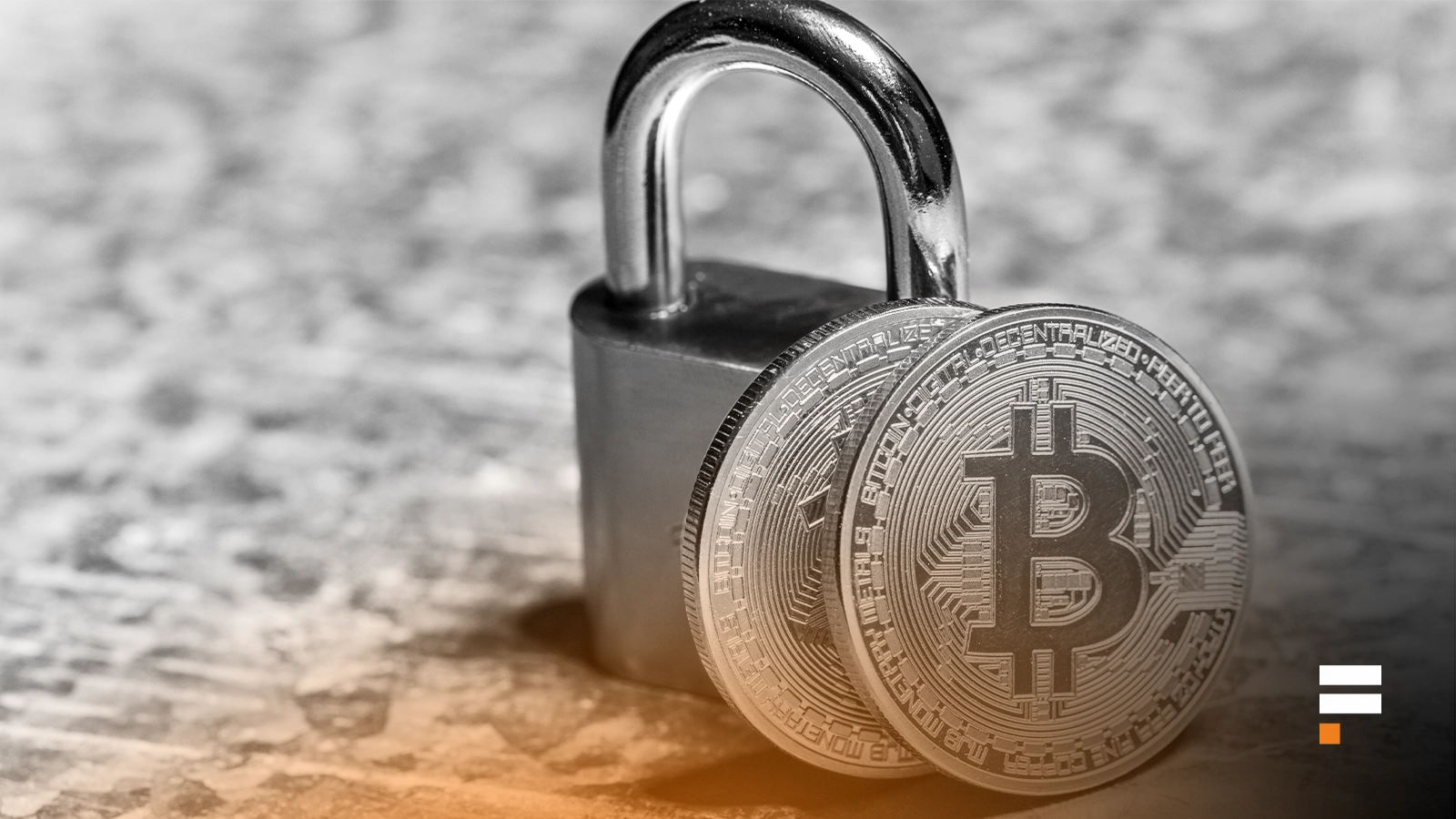Your cart is currently empty!
Secure Your Crypto: The Ultimate Guide to DeFi Insurance & Asset Protection
Last updated on

In this article, we’re diving deep into the crucial world of DeFi insurance and exploring how it can be your ultimate shield for asset protection in the decentralized finance space. We’ll cover everything from understanding the risks in DeFi to choosing the right insurance provider and implementing best practices to Secure Your Crypto wealth.
Why DeFi Insurance Matters for Asset Protection and How to Secure Your Crypto
.The decentralized finance (DeFi) ecosystem offers incredible opportunities for innovation and financial freedom, but let’s be real, it also comes with inherent risks. Unlike traditional finance, where institutions like banks provide certain guarantees, DeFi operates on smart contracts and blockchain technology. While these offer transparency and immutability, they can also be susceptible to vulnerabilities (like those found in crypto lending platforms). This is where DeFi insurance steps in, offering a vital layer of asset protection and helping you Secure Your Crypto.
- Understanding the Risks in DeFi:
- Smart Contract Exploits: Bugs or vulnerabilities in the code of smart contracts can lead to significant financial losses. This is a primary concern when trying to Secure Your Crypto.
- Oracle Failures: Oracles feed external data to smart contracts. If this data is manipulated or incorrect, it can impact the outcome of a smart contract.
- Rug Pulls & Exit Scams: Malicious actors can launch projects, attract investments, and then suddenly disappear with the funds. Protecting against these is crucial for Secure Your Crypto.
- Stablecoin De-pegging: Stablecoins are designed to maintain a stable value, usually pegged to a fiat currency. If they lose their peg, it can lead to losses.
- Flash Loan Attacks: Exploiting vulnerabilities in protocols to manipulate asset prices for quick profits.
- DAO Governance Risks: Understanding the potential for DAO Governance Risks is crucial. These issues often arise from flaws or malicious actions within decentralized autonomous organization (DAO) governance structures. Such vulnerabilities can indeed lead to unexpected outcomes or significant losses.
How DeFi Insurance Works: Your Shield for Asset Protection
DeFi insurance generally operates through a decentralized model, often involving staking by users to cover potential payouts. When an insured event occurs (e.g., a smart contract hack), claims are assessed and paid out from the staked capital. This peer-to-peer approach distinguishes it from traditional insurance.
- Types of Coverage Available:
- Smart Contract Risk: Covers losses due to bugs, exploits, or hacks in the smart contract code. Essential for Secure Your Crypto.
- Custodian Risk: Protects against centralized custodial service failures or hacks.
- Slashing Risk: For stakers in Proof-of-Stake networks, this covers losses if a validator is penalized for malicious or negligent behavior.
- Stablecoin De-Pegging: Offers protection if a stablecoin loses its intended peg.
Choosing the Right DeFi Insurance Provider for Ultimate Asset Protection
Selecting a reliable DeFi insurance provider is crucial for effective asset protection. Here are key factors to consider:
- Reputation and Track Record: Look for providers with a proven history of successful payouts and a strong community presence. This indicates reliability.
- Coverage Scope: Ensure the coverage aligns with the specific risks you’re exposed to.
- Audit and Security: Verify that the insurance protocol itself has undergone rigorous security audits. This is vital for trusting any platform.
- Pricing and Premiums: Compare the cost of coverage across different providers.
- Claims Process: Understand how claims are filed and processed, looking for transparency and efficiency.
| Feature / Provider | Nexus Mutual | InsurAce | ArmorFi |
|---|---|---|---|
| Primary Coverage | Smart Contract, Custody, Stablecoin | Smart Contract, Custody, IDO, Oracle | Smart Contract, Protocol |
| Claim Process | Member-governed | DAO-governed | DAO-governed |
| Audited | Yes | Yes | Yes |
| Token (if any) | NXM | INSUR | ARMOR |
Best Practices for Maximizing Your DeFi Asset Protection
Beyond insurance, several practices can significantly enhance your asset protection in DeFi:
- Diversify Your Portfolio: Don’t put all your eggs in one basket. Spread your investments across various protocols and assets. This reduces overall risk.
- Understand What You’re Using: Before interacting with any DeFi protocol, thoroughly research its smart contracts, team, and audits. Knowledge is power.
- Use Hardware Wallets: Store your private keys offline using a hardware wallet for maximum security against online threats. This is a critical step to Secure Your Crypto.
- Beware of Phishing Scams: Always double-check URLs and be wary of suspicious emails or messages. Scammers are always trying to get your assets.
- Regularly Review Permissions: Revoke unnecessary smart contract permissions from your wallet. This prevents unwanted access to your funds.
- Stay Informed: The DeFi space evolves rapidly. Keep up with news, security alerts, and best practices. Staying informed is crucial for staying safe.
Conclusion: Embracing DeFi with Confidence Through Robust Asset Protection
The DeFi landscape, while offering immense potential, demands a proactive approach to security. By understanding the inherent risks and leveraging solutions like DeFi insurance, you can significantly enhance your asset protection and navigate this exciting space with greater confidence. Remember, a combination of smart choices, diligent research, and strategic insurance is your best defense in the decentralized world. Secure Your Crypto isn’t just about avoiding losses; it’s about enabling you to fully participate and innovate in the future of finance.




Leave a Reply